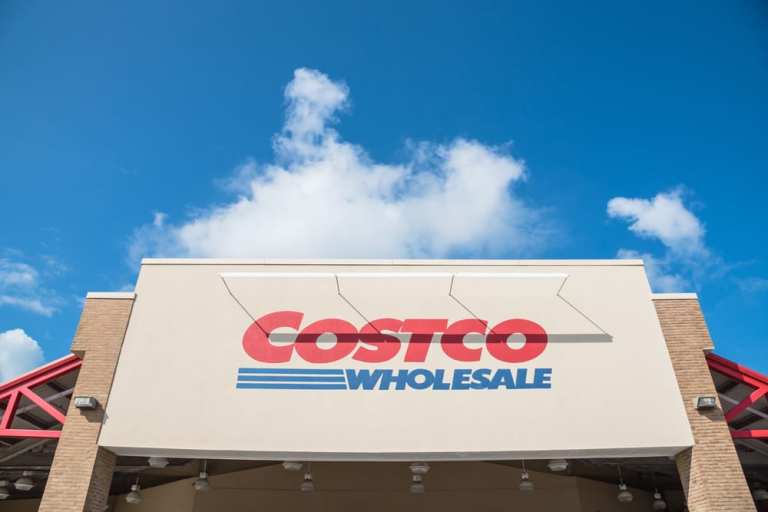Costco Earnings Hurt By Purchase Limits; eCommerce Sales Spike

Costco’s March and Q1 earnings report was expected to be a referendum on COVID-19 consumer purchase patterns. It didn’t disappoint on that front, but the most significant numbers came from the warehouse club’s eCommerce sales.
Earlier in the week Costco reported net sales jumped 11.7 percent to $15.49 billion in March. Comparable in-store sales were up 9.6 percent, which came in well below analyst views for a 19.1 percent rise, according to Consensus Metrix. Same-store sales were up 12.3 percent, which missed what could have been unreasonable expectations for a 23.5 percent rise due to the panic buying associated with the coronavirus pandemic. Online sales growth spiked, coming in at 48.3 percent higher than March 2019.
Costco reported an 8 percent increase in January sales and a 14 percent increase in February sales. As the first U.S. cases of COVID-19 surfaced, eCommerce sales rose nearly 23 percent. The company has been forced to limit sales on items that were the target of consumer panic-buying such as bleach, bottled water and dry grocery items.
“Costco is among the strongest retail brands and there is no better example of the company’s unique position than the flood of visitors in the early stages of the coronavirus,” Ethan Chernofsky of retail intelligence company Placer.ai said in a report ahead of the March sales release. “Costco has performed exceptionally well during normal periods, and the pandemic has shown that they can still drive strong results — especially compared with other retailers — during difficult times as well,” he said.
UPS analyst Michael Lasser said the impact of coronavirus actually weighed on the Costco results as other analysts were expecting it to be more of an in-store traffic and sales jump. He sees the stock continuing to perform well over the longer term.
“We think the shelter-in-place (SIP) orders in many markets had a negative impact on traffic. Despite these late month headwinds, we expect COST to benefit over the longer haul,” he said in an April 8 research note. “It likely experienced a considerable uptick in membership sign-ups early in the period, and we would expect many of these to stay with the retailer, even after Covid-19 passes.”
“Costco, along with Walmart Inc., has been one of the primary beneficiaries of consumer stockpiling in recent weeks as housebound shoppers scoop up toilet paper, cereal and other everyday essentials,” said a report in Bloomberg. “Sales in Walmart’s U.S. stores rose 17 percent over the past four weeks, according to internal documents seen by Bloomberg. Both stores have taken steps to keep customers and employees safe, such as checkout-line markers to maintain distance between shoppers and limits on how many shoppers can enter a store at one time.”
Costco’s locations are more concentrated in coastal areas hardest-hit by the coronavirus, according to analysts at UBS. One-quarter of Costco’s locations are in markets highly exposed to the coronavirus, UBS found. BJ’s Wholesale Club Inc was slightly higher at 26 percent, while Walmart and its Sam’s Club warehouse chain had only 9 percent of its stores in hard-hit areas.
“The company generates positive gross margins on its retail sales. But membership fees are the real profit center,” said Bloomberg. “And with a stunning 90.9 percent renewal rate in North America, this represents a steady income stream for Costco. Yet, consistent revenue doesn’t mean the company faces weak growth. Thanks to a combination of same-store sales growth, along with consistent new store openings (16 new U.S. locations in 2019 alone), the big box bulk behemoth can keep the growth train humming.”